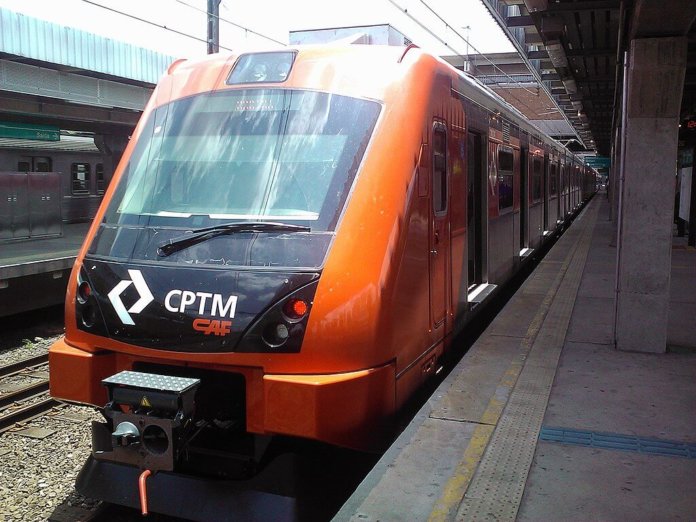
Good entrepreneurs capitalize on emerging trends. Great entrepreneurs create them. As someone who built an international brand on the success of a product that didn’t exit until he invented it in rural Quebec in the 1930’s, there should be little doubt as to which category Joseph-Armand Bombardier belongs.
Dreaming of Defeating Old Man Winter
Joseph-Armand Bombardier was born in the rural Valcourt, Quebec, Canada in 1907. From a very early age, he developed a fascination with transportation and loved to tinker with engines for various vehicles. At the age of 13, he acquired a set of watchmaker’s tools and refurbished an engine for a model locomotive.
But it wasn’t trains that he dreamt of building. In many parts of rural Quebec, the secondary roads weren’t cleared after major snowfalls and so for many, their cars were stored and mobility was limited through the winter.
“From the time I was young, I dreamed of inventing a machine that would conquer the snow,” Bombardier said in an archived interview.
The Snowmobile is Born
In 1922 at the tender age of 15, Bombardier tested his first attempt at a vehicle that could travel on snow when he strapped a refurbished Model T engine on two hitched sleds. The one-kilometer journey made this the snowmobile’s answer to the Wright brothers first flight at Kitty Hawk. His father didn’t grasp the historic significance of the journey and ordered the machine be dismantled for concern for his son’s safety.
Bombardier married Yvonne Labrecque in 1929 and together they had six children. Tragedy struck the family in 1934 when one of their children died after they could not get to the hospital in time due to snow covered roads. This made Bombardier more determined than ever to invent the snow vehicle.
He produced his first functioning snowmobile in 1935 which featured a sprocket wheel and track drive system similar to a tank. He took it to market two years later and after a positive reaction from rural buyers, he launched his manufacturing company which he called L’Auto-Neige Bombardier Limitée (Bombardier Snowmobile Ltd).
From a Product to a Company
Sales of the snow mobile grew through the 1940’s but hit a snag in the late 1940’s when the Province of Quebec started clearing all roadways, decreasing the need for Bombardier’s vehicles. Fortunately, the company helped design other types of vehicles to assist the war effort. These early steps of diversification helped the company grow into what it is today.
In the 1970’s, Bombardier expanded into rail travel and received a huge boost when it won the contract to produce subways cars for the Montreal Metro. Less than a decade later, it was awarded a contract to do the same for the New York Subway system.
In the late 1980’s and early 1990’s, Bombardier expanded their interest in the aviation industry with its purchase of airliner Canadair from the Canadian government as well as the 1990 acquisition of the Learjet company.
Continued Family Ownership
After his death in 1964, the company was handed to his son and son-in-law to fulfill the founder’s vision. Five years later, Bombardier went public with the family maintaining a majority ownership stake that remains to this day. Today, the core of that family includes eight individuals, including executive chairman Pierre Beaudoin, his uncle J.R. André Bombardier and aunt Janine Bombardier. According to a 2015 report in the Globe and Mail, “… members of the Beaudoin-Bombardier family control Bombardier through a special class of stock that carries 10 votes a share. The arrangement, … gives the family 53.4 per cent of the voting rights…”
Moving forward, the family ownership group must decide whether it’s best to hold on to their ownership position or move on and allow new faces to come in.
“Families at their best take a long-term, patient view of what’s going on with their businesses and can hang in there despite what critics say,” Karl Moore, a corporate leadership and strategy specialist at McGill University told the Globe and Mail. “But sometimes it doesn’t work out. Canada and the U.S. are littered with firms whose [founding families] didn’t let go.”
After a rocky 2015, the company rebounded in 2016, by improving its year-over-year cash performance by $778 million. And although it remains to be seen whether the company will continue in family hands, as long as it retains the original Bombadier’s passion for innovation, it seems that the sky is the limit.









